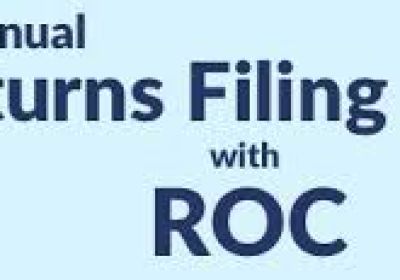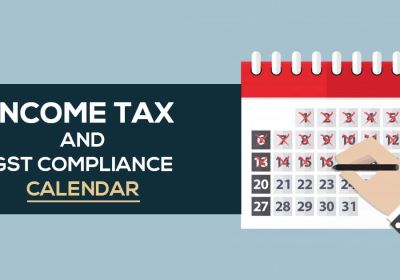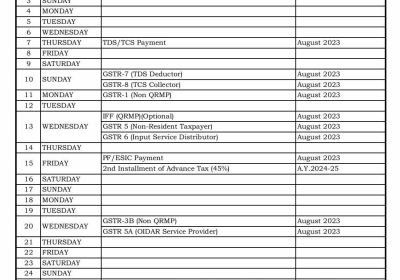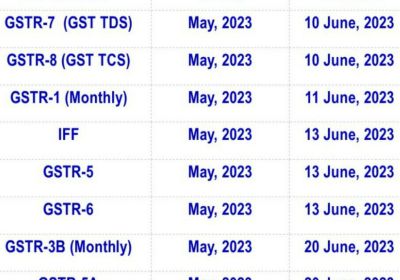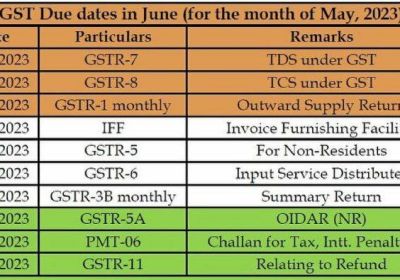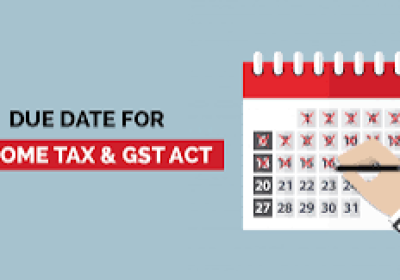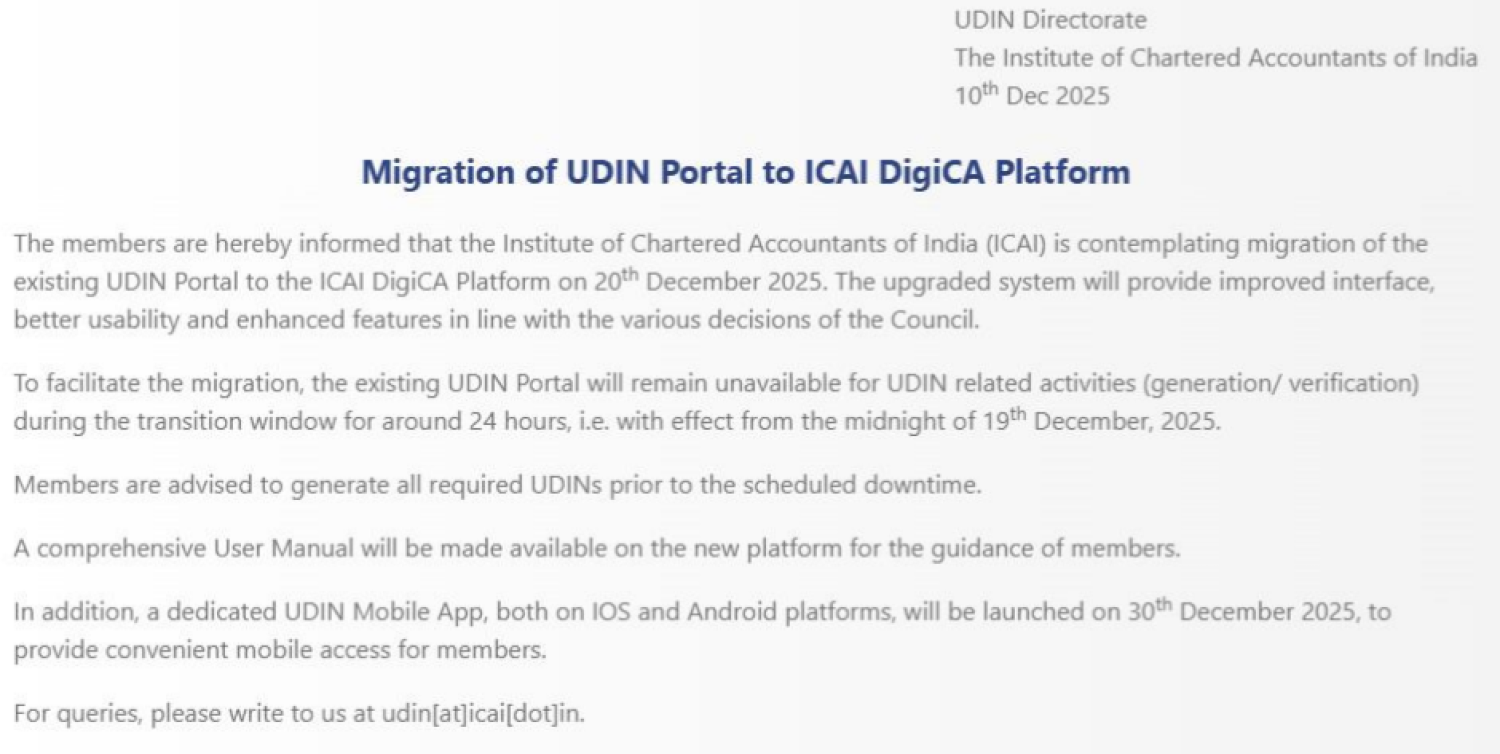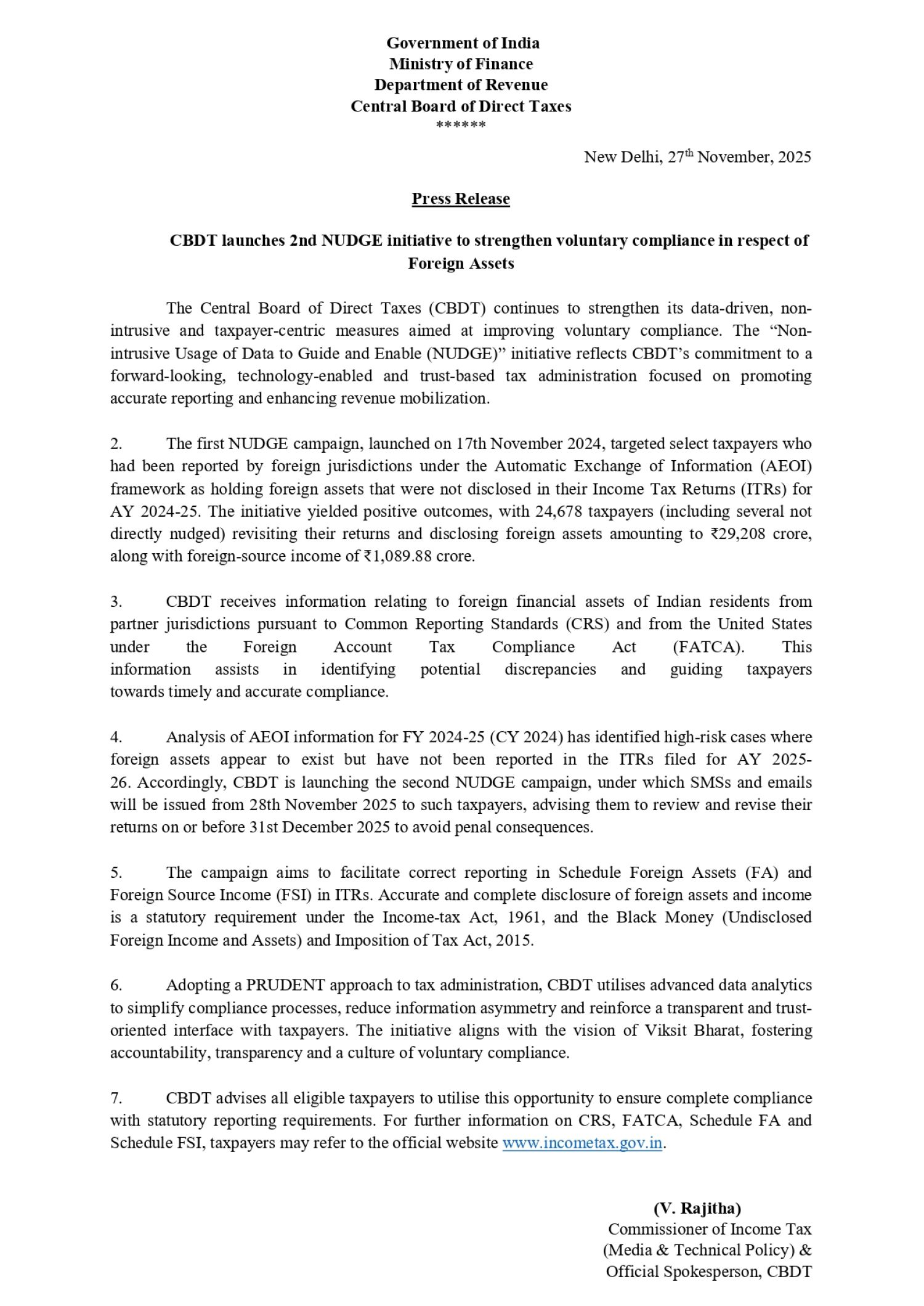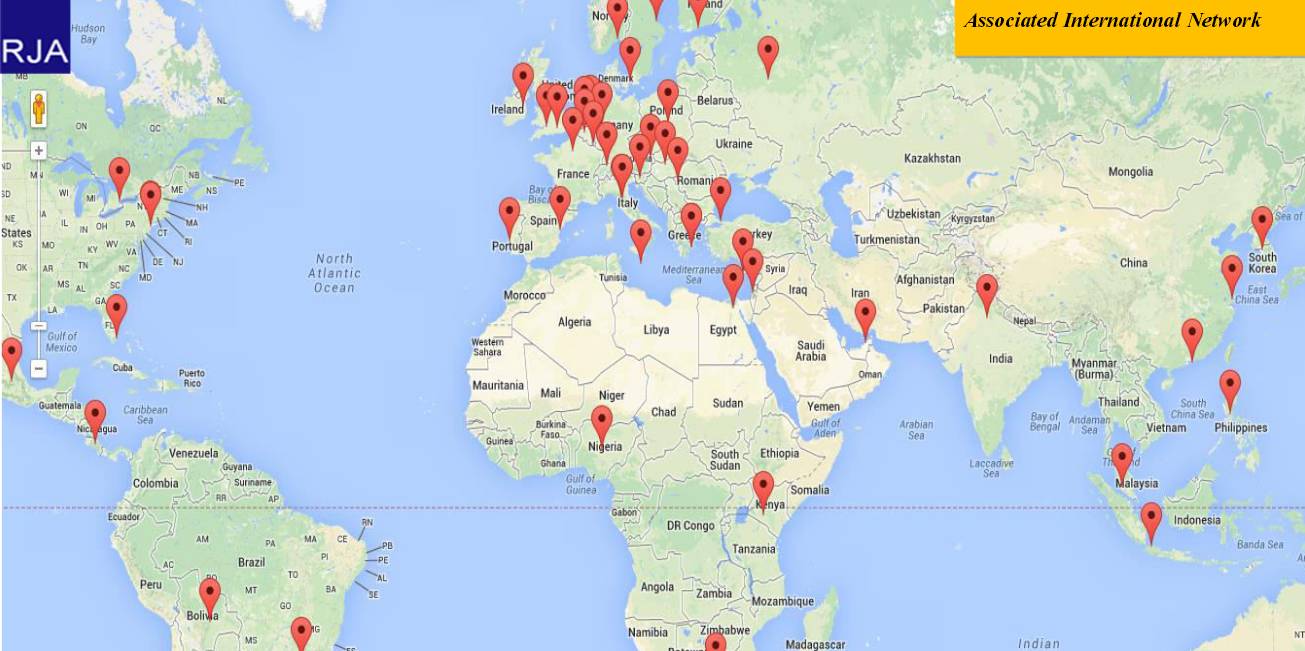Table of Contents
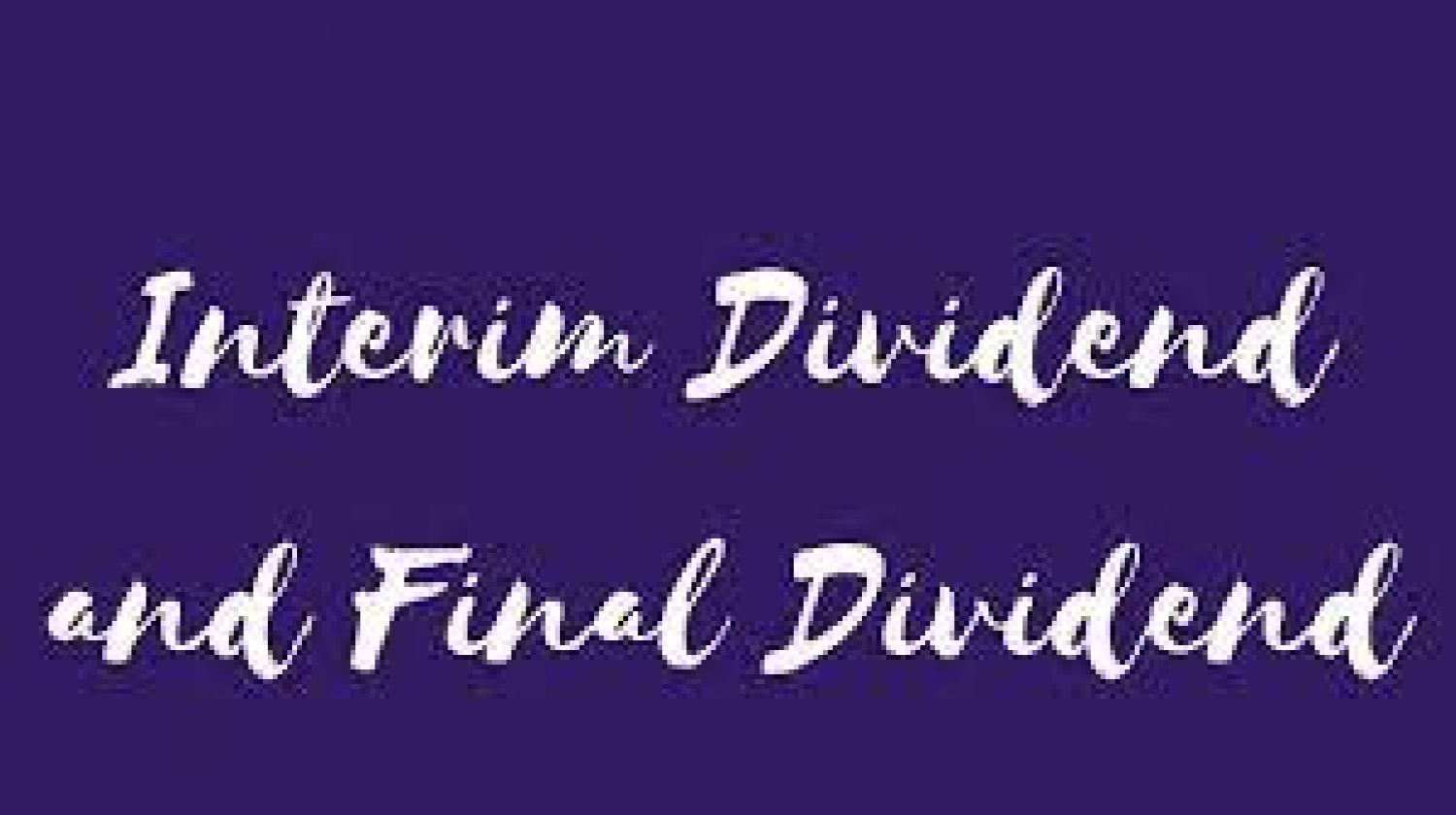
COMPLETE OVERVIEW ON INTERIM AND FINAL DIVIDEND
INTRODUCTION- INTERIM AND FINAL DIVIDEND
Funds are the essence of the long term perspective of any business. Companies sought to rely on available for the management of their activities. One of the main sources of funds, available with a company are shareholders. They provide a significant amount of funds to the company, and take up the shares of the company in return, and thus are known as shareholders. Shareholder exercises their control and also share the profits. Where any share of the company’s profit is distributed to shareholders, such an amount paid is known as a dividend.
As per Section 2(35) of the Companies Act, 2013, dividend means the amount of profit which the business does not retain in their business, rather distribute the same among their shareholders in proportion of shares held by them. It is provided that NGOs and other companies established under Section 8 of the Companies Act, 2013 are restricted from paying any dividend to its members.
TYPES
- Cash Dividend- generally this type of dividend is paid to the shareholder. In this, the respective amount of dividend is deposited in the registered Bank Account of the shareholders.
- Stock Dividend- under this, the dividend is paid in the form of issuance of new shares to the shareholders without any consideration.
- Property Dividend- such dividend is paid or linked to the company’s assets like physical assets, real estate, etc. to its shareholders.
- Scrip Dividend- under this, the dividend is paid in the form of a promissory note, creating an obligation of the company to pay the amount of dividend to respective shareholders, at a later date.
- Liquidating Dividend- where the company is under liquidation process, any excess amount left with the company, after setting off all the liabilities, be distributed to shareholders in the form of liquidating dividend.
INTERIM DIVIDEND
As per Secretarial Standards issued by the Institute of Company Secretaries of India, interim dividend means dividend declared by the Board of Directors. Such a dividend is declared by the Board of Directors and the same is made between two Annual General Meetings. However, before the declaration and payment of the Interim Dividend, the BOD is advised to consult their Auditors, since the Interim Dividend is paid before the preparation of the Final Accounts.
A company can declare an Interim Dividend multiple times in a Financial Year. It is mostly seen that companies tend to pay interim dividends either on a quarterly or half-yearly basis. Though the Board of directors have the authority to declare and pay Interim Dividend, the shareholders of the company have the power to revoke such decision and therefore, refuse the payment of Interim Dividend.
FEATURES OF INTERIM AND FINAL DIVIDEND
Declaration by the Board- The authority for declaration and payment of Interim Dividend vests with the Board of Directors.
- Authorization by AOA- The Articles of Association of the company shall authorize such declaration by the Board. Where the Articles do not authorize the same, then a special resolution is required to be passed by shareholders for altering the clause.
- Passing of Board Resolution - The Board of Directors are required to pass Board Resolution in the Board meeting.
- Non-Utilization of Free Reserves- The Interim Dividend cannot be paid out of Free Reserves.
- Setting Off of Depreciation- Before declaring an Interim Dividend, the company shall provide depreciation for the full year, not for a partial/proportionate year.
- Duration – the same be paid within 30 days of declaration of dividend.
- Transfer to Unpaid Dividend Account- Where any amount of dividend remains unclaimed or unpaid for a period of seven days from the expiry of thirty days of the declaration, the same be transferred to “Unpaid Dividend Account”.
- Transfer to IEPF- where the amount of dividend remains unclaimed for a period of seven years or more, the said amount be transferred to Investor Education and Protection Fund.
- Opening of Separate Bank Account- Within five days of declaration of Dividend, the amount to be given as a Dividend shall be transferred to a separate Bank Account.
SOURCE OF PAYMENT
It is provided that the amount of Interim Dividend be paid out of –
- The surplus in profit and loss account in the current financial year, in which the dividend is to be paid.
- Any amount of retained profit, relating to any other previous financial year.
- The amount of profit earned in the Financial Year preceding the Quarter in which the dividend is declared.
Also, where the company, in the last quarter immediately preceding the date of declaration of Interim Dividend, incurs a loss, then the rate of interim dividend, shall not exceed the average rate of dividend paid during the immediately preceding three Financial Year.
However, in order to determine the profits for the year, the said adjustments be provided for before declaring dividend -
- Depreciation of the whole year
- Tax including deferred tax of the company for the whole year
- Losses to be anticipated for the Financial Year
- Fixed-rate of Dividend required to be paid on preference shares
PROCEDURE OF DECLARATION AND PAYMENT OF DIVIDENDS
The procedure regarding declaration and payment of dividends is as follows:
1. The directors shall issue the notice of Board meeting, at least seven days before the scheduled date, and the said notice to be served to each and every director of the company.
2. The notice to address the agenda for the meeting which is the passing of the resolution for interim dividend.
3. The said Board meeting be held on the scheduled date and they shall consider all matters related to payment of Interim Dividend. It shall also include –
- Ascertainment of the expected financial position of the company.
- Amount of dividend considered to be paid.
- Fixing the record date for payment.
- Opening of separate bank accounts for the making payment of dividends.
- Considering printing and granting of dividend warrants.
- Passing of Board Resolution in respect of declaration and payment of proposed Dividend.
4. After passing the Board resolution, a separate Bank Account needs to be opened with the scheduled bank.
5. The amount of Dividend payable be deposited in the bank account, within five working days of declaration of such dividend.
6. The dividend shall be paid to the registered shareholders or the banker within thirty days of declaration of dividend.
7. Where the amount of dividend remains unclaimed or unpaid then such an amount be transferred to the “Unpaid Dividend Account” within seven days from the expiration of thirty days of declaration of such dividend.
8. Details of the unpaid dividend account be published on the company’s website, within a period of ninety days of transferring the amount in the “Unpaid Dividend Account”.
9. Where the shareholder wants to claim his share of the amount of dividend from the Unpaid Dividend account, the person can apply in Form IEPF-5 to the company.
10. Also, where the said amount remains unclaimed for a period of seven years from the date of transfer of dividend to “Unpaid Dividend Account”, the amount be transferred to Investor Education and Protection Fund.
DECLARATION OF INTERIM DIVIDEND
- The AOA of the company must authorize the payment of dividends, otherwise, the board will not be able to recommend any amount of dividends.
- The Board of Directors of a company may declare the interim dividend during any time in a financial year, out of the surplus in the profit and loss account or out of profits earned in any of the previous financial years.
- Directors are required to prepare a statement, containing the details of the profit and loss account and balance sheet of the company of the financial year to which such interim dividend relates. The statement shall also contain the working expenses and depreciation for the whole year.
- The amount of the dividend shall be deposited in a separate bank account opened with a scheduled bank, within five days from the date of declaration of such dividend.
- The company cannot pay dividends, before providing for depreciation in the profit and loss account for the current year and also to unabsorbed depreciation of any previous financial year.
- Also, they are required to prepare a statement of dividend containing the following details –
- Name and address of the respective shareholder and their ledger Folio No.
- The amount of dividend to be paid to the respective shareholder.
CONCLUSION OF INTERIM DIVIDEND
The Interim Dividend is declared by the Board of Directors before preparing and finalizing their Annual final accounts. Just like debt, dividends once declared cannot be revoked. The amount of interim dividend to be paid only out of surplus in profit and loss account and also the rate of Interim Dividend is generally lower than the rate declared for Final Dividend.
FINAL DIVIDEND
The final Dividend is the dividend, declared by the company at the Annual General Meeting (AGM) of the shareholder. The final Dividend is announced after the preparation and finalization of Financial Statements. Thus, they are declared after considering the actual amount of profitability of the company.
BENEFITS
Some of the benefits of declaring a Final Dividend are as follows –
- The Percentage of the Final Dividend is generally higher than the rate of Interim Dividend.
- It creates a sense of confidence among the existing shareholders.
- Companies declaring final dividends are seen as an investment opportunity by the investors.
- Shareholders always prefer dividends over capital gains.
FEATURES
- The dividend is paid out of profits to the shareholders of the Company
- there is no conditional payment
- Equity and Preference shareholders are eligible to receive the amount of dividend.
- The dividend shall be paid only for the profits of the company.
- The same can be declared, only on the recommendation by the Board of Directors.
- The said rate of Dividend is approved by the shareholders in the Annual General Meeting by way of Ordinary Resolution.
- Dividend once declared cannot be revoked
- The amount is paid in cash and not in kind.
- The dividend is paid in proportion to the paid-up value of shares
SOURCES
Amount of Final Dividend be paid out of following sources -
- Out of Profits– Dividend is paid out of Previous year profits or Current year profit of the Financial Year after setting off the losses and depreciation against the Current’s Year profit.
- Out of Reserves– the company can also declare dividends out of reserves, provided the following conditions are fulfilled –
- The rate of dividend to be declared, shall not exceed the average rate of dividend declared in the immediately preceding three Financial Year.
- The amount to be withdrawn from reserves shall not exceed 10% of the total of paid-up share capital and free reserves, as appearing in the last audited Balance sheet.
- Also, the remaining balance of free reserves, after withdrawal, shall not fall below 15% of paid-up share capital, as appearing in the last audited Balance sheet.
- The amount so withdrawn shall be first utilized for setting off the losses and depreciation of the relevant Financial Year.
3. Out of the money provided by Central or State Government– Dividend can also be paid out of any money received from Central or State Government, in accordance with the guarantee given by the Government.
PROCEDURE
- The directors shall issue the notice of Board meeting, at least seven days before the scheduled date, and the said notice to be served to each and every director of the company. In case, the company is a Listed Company, they shall also notify about the meeting the designated stock exchange, at least two working days before the meeting.
- The notice to address the agenda for the meeting which is passing of the resolution for the final dividend.
- The said Board meeting be held on the scheduled date and they shall consider all matters related to payment of the final Dividend. It shall also include –
- Ascertainment of the expected financial position of the company.
- Amount of dividend considered to be paid.
- Fixing the record date for payment.
- Opening of a separate bank account for the making payment of dividends.
- Considering printing and granting of dividend warrants.
- Passing of Board Resolution in respect of declaration and payment of proposed Dividend.
4. The directors shall frame and send a notice of General Meeting to all the shareholders and other members, and the said notice be served at least twenty-one clear days before the meeting.
5. The general meeting is held and the shareholder shall pass an Ordinary Resolution for approving the rate of Final Dividend recommended by the Board.
6. After passing the Board resolution, a separate Bank Account needs to be opened with the scheduled bank.
7. The amount of Dividend payable be deposited in the bank account, within five working days of declaration of such dividend.
8. The dividend shall be paid to the registered shareholders or the banker within thirty days of declaration of dividend.
9. Where the amount of dividend remains unclaimed or unpaid then such an amount be transferred to the “Unpaid Dividend Account” within seven days from the expiration of thirty days of declaration of such dividend.
10. Details of the unpaid dividend account be published on the company’s website, within a period of ninety days of transferring the amount in the “Unpaid Dividend Account”.
11. Where the shareholder wants to claim his share of the amount of dividend from the Unpaid Dividend account, the person can apply in Form IEPF-5 to the company.
12. Also, where the said amount remains unclaimed for a period of seven years from the date of transfer of dividend to “Unpaid Dividend Account”, the amount be transferred to Investor Education and Protection Fund.
DIFFERENCE BETWEEN INTERIM DIVIDEND AND FINAL DIVIDEND
|
SERIAL NO. |
INTERIM DIVIDEND |
FINAL DIVIDEND |
|
1. |
DECLARED AND APPROVED BY THE BOARD OF DIRECTORS. |
RECOMMENDED BY THE BOARD OF DIRECTORS BUT APPROVED BY THE SHAREHOLDERS. |
|
2. |
DECLARED DURING THE FINANCIAL YEAR. |
DECLARED IN THE ANNUAL GENERAL MEETING, AFTER THE END OF THE FINANCIAL YEAR. |
|
3. |
DECLARED BEFORE THE PREPARATION AND FINALIZATION OF FINAL ACCOUNTS. |
DECLARED AFTER THE PREPARATION AND FINALIZATION OF FINAL ACCOUNTS. |
|
4. |
ARTICLE OF ASSOCIATION SHALL AUTHORIZE THE BOARD TO DECLARE SUCH DIVIDEND. |
NO SUCH AUTHORIZATION BY AOA IS REQUIRED. |
|
5. |
DECLARED AND APPROVED ON PASSING OF BOARD RESOLUTION. |
DECLARED AND APPROVED ON PASSING OF ORDINARY RESOLUTION IN THE AGM. |



